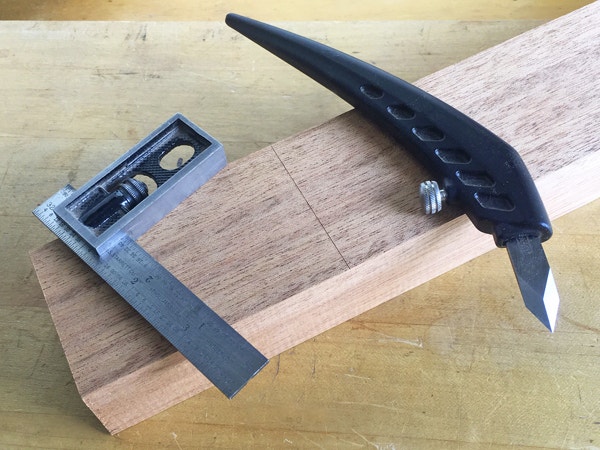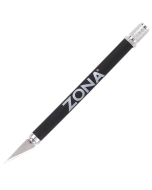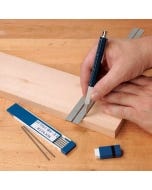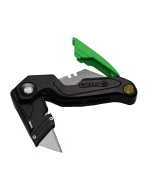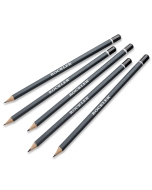When is a Knife a Better Way to Mark Lines?
In woodworking magazines, I see woodworkers using a pencil to mark up a piece of wood, and then I see them using a knife to mark a location for a cut. Is one better than the other? Isn't it hard to see a knife mark? – Jack Knight
Tim Inman: The finer the mark, the more accurate the work. A blue carpenter's crayon might be OK for some framing work. Thick pencil lines are usually OK on most rough work. Fine, sharp pencil marks are a requirement on cabinet work. And on the very finest of finish work, a knife cut will let you know exactly where you want to be.
Chris Marshall: I use a sharp pencil for most general layout work, but every line drawn becomes a little bit wider than the one before it. When I need the highest level of precision, such as when I want the edge of a blade tooth or chisel to intersect a workpiece exactly, nothing beats a sharp-bladed knife. Plus, the weight of the knifed line stays the same. Even though I wear bifocals now, I don’t find a knife line really that difficult to see, especially on finer-grained woods like cherry or maple.
Keep the inspiration coming!
Subscribe to our newsletter for more woodworking tips and tricks
